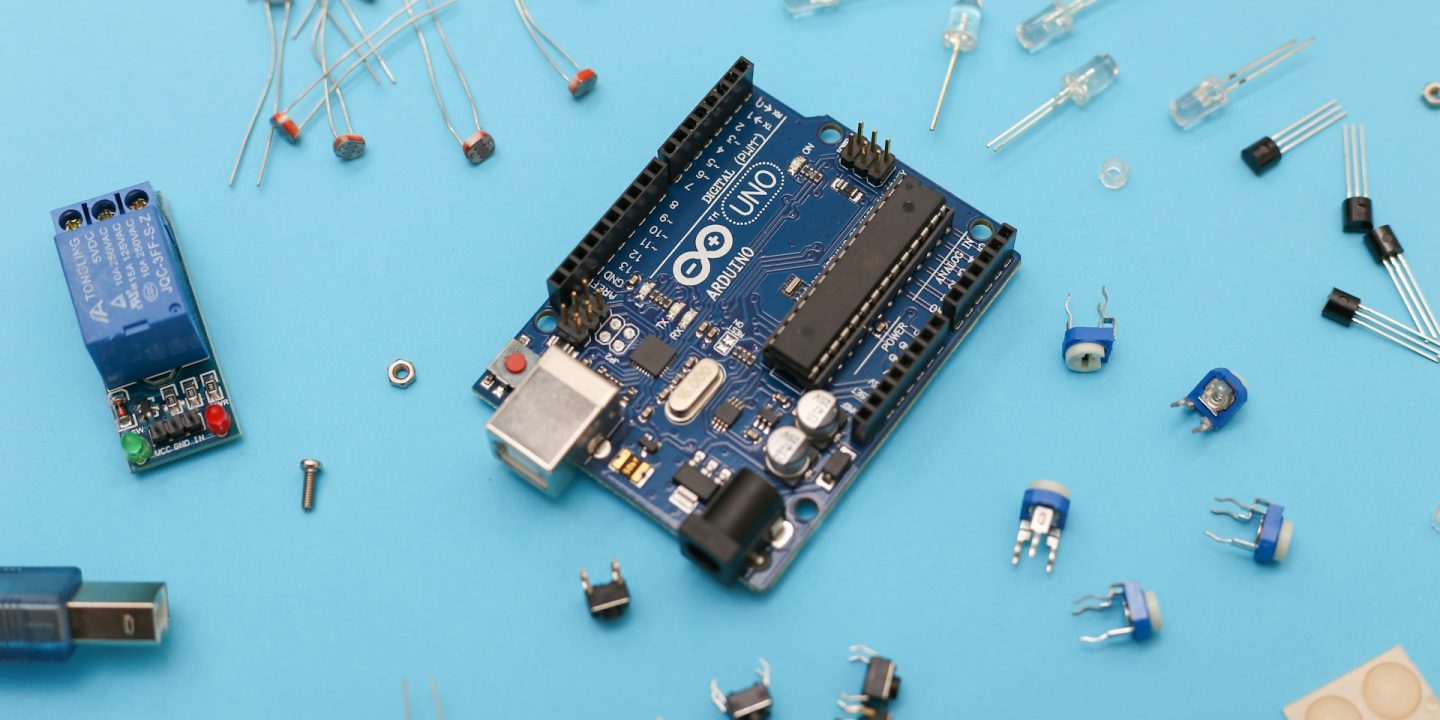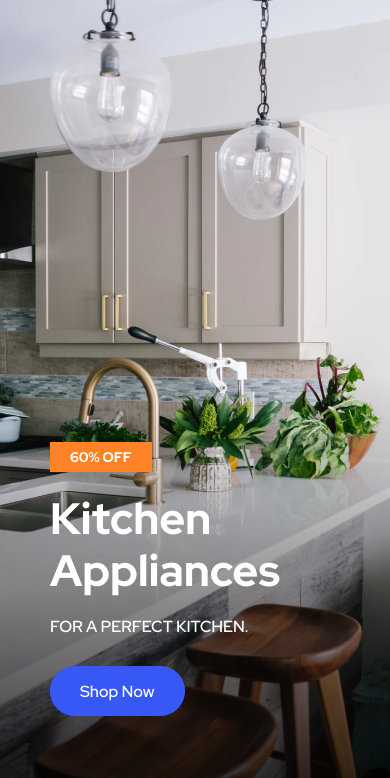
Microcontrollers like the wildly popular Arduino series have revolutionized the DIY electronics landscape. Their affordability, extensive input/output options, and low power consumption make them ideal for everything from basic automation tasks to advanced robotics and intricate circuit designs.
While an Arduino board alone can handle a range of useful scripts, its potential skyrockets when paired with the right peripherals. Whether you’re a beginner or an experienced tinkerer, here are five must-have accessories that will supercharge your Arduino projects.
Single-Board Computer (SBC): The Perfect Companion for Your Microcontroller
Many beginners confuse SBCs with microcontrollers, but they serve different purposes. Single-Board Computers are far more powerful and typically used for programming and computing tasks rather than intricate circuit-heavy projects. That said, combining an SBC with your Arduino setup can significantly enhance your project’s capabilities.
For example, you can integrate an SBC with your Arduino-based custom gamepad to create a retro gaming console. Or, if you’re into home automation, you can turn an SBC into a Home Assistant hub and sync it with multiple microcontrollers to automate your entire living space. Need an on-the-go programming setup? A Raspberry Pi laptop can serve as a dedicated Arduino development machine when you don’t have access to a full-fledged PC.
Breadboard: Experiment Freely Without Soldering
A breadboard is an essential tool for anyone looking to experiment with circuits without committing to permanent connections. It allows you to connect your Arduino to various motors, sensors, and other electronic components in a temporary, reusable setup.
To make the most of your breadboard, you’ll also need jumper wires to connect different components. Depending on your board type, you might require male-to-female wires (for Arduino Uno) or male-to-male ones (for sensor modules and Nano boards that fit directly into the breadboard). Investing in a variety of jumper wires ensures you’re prepared for any project you take on.
Soldering Kit: When You Need Permanent Connections
While breadboards are fantastic for prototyping, there are times when you need something more permanent. If you’re designing a compact circuit or working with sensor modules that require secure connections, soldering is the way to go.
A good soldering kit will make all the difference. Though it might seem intimidating at first, most consumer-grade soldering equipment is easy to use with a little practice. Once you get the hang of it, you’ll be hardwiring components with confidence, making your projects more durable and reliable.
3D Printer: Custom Parts for Ultimate Creativity
A 3D printer is an excellent investment for Arduino enthusiasts who want to create custom components. Whether you need mechanical parts for a robot, protective enclosures for your microcontroller, or decorative elements to personalize your workspace, a 3D printer can make it happen.
However, be prepared to invest more than just money—you’ll also need to learn CAD (Computer-Aided Design) software to create precise models. While the learning curve can be steep, the ability to design and print your own parts opens up endless possibilities for customization and innovation.
Sensors and Circuit Modules: Expand Your Project’s Capabilities
No Arduino toolkit is complete without an assortment of sensors and circuit modules. If you’re building a weather station, for example, you’ll need sensors like the BME280, DHT22, or DS18B20 to measure temperature and humidity. If robotics is your thing, ultrasonic and infrared (IR) sensors are essential for obstacle detection and navigation.
For those working on electronic circuits, stocking up on resistors, LEDs, and capacitors is a smart move. If automation is your goal, consider adding motors and relay modules to your collection. With so many affordable add-ons available, your creativity is the only limit!
Bonus Accessories: Take Your Arduino Collection Even Further
Looking for even more ways to enhance your Arduino projects? Here are a few extra accessories worth considering:
- Multimeters and Potentiometers: Essential for debugging and fine-tuning circuits.
- Terminal Shields and Breakout Boards: Expand the functionality of your Arduino and simplify complex wiring setups.
- Alternative Arduino Boards: With a wide variety of models on the market, you can find the perfect board for your needs. You might even save some money by opting for a third-party board—but beware of clones with subpar components!
Building Your Dream Arduino Setup
As you dive deeper into the world of Arduino, the right accessories will help you bring your ideas to life with greater ease and efficiency. Whether you’re experimenting with circuits, building robots, or automating your home, investing in the right tools will make your projects more functional, durable, and creative.
So, which accessory are you adding to your toolkit next?
Photo by Sahand Babali on Unsplash









